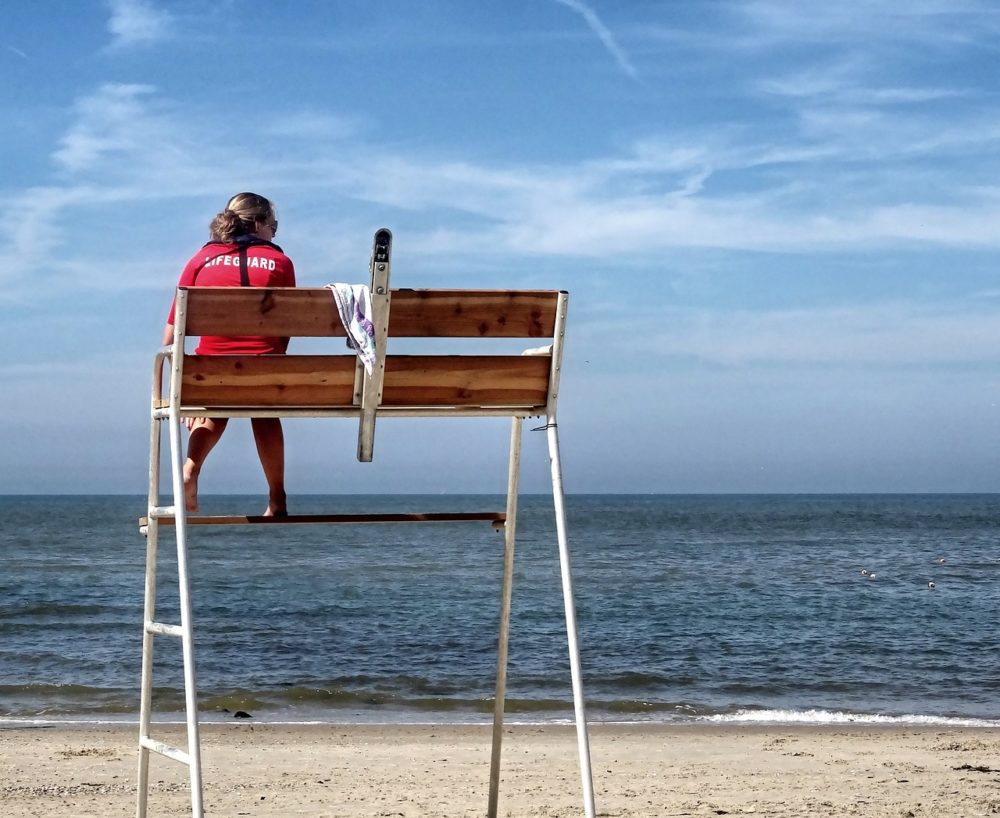By David R. Wheeler, Editor
In the summer of 1978, 60 percent of teens were working or looking for work. Last summer? Only 35 percent.
What accounts for the change? Most people assume the answer is laziness, but that’s not what the data show.
Derek Thompson at The Atlantic writes, “Education is to blame, rather than indolence. Teens are remaining in high school longer, going to college more often, and taking more summer classes. The percent of recent high-school graduates enrolled in college—both two-year and four-year—has grown by 25 percentage points. That is almost exactly the decline in the teenage labor-force participation rate.”
He adds, “With tougher high-school requirements and greater pressure to go to college, summer classes are the new summer job.”
In an article that I wrote for The New York Times website, I studied a similar phenomenon: a general decline in the number of teens holding jobs. One of the culprits, I discovered, is fewer local small businesses.
The advantages of holding a part-time job in high school are well documented. Benefits are especially notable when work is steady and hours are age-appropriate, according to Jeylan T. Mortimer, a University of Minnesota sociology professor who studies youth employment.
“Most scholars in this field consider 20 hours of work compatible with other beneficial activities at this time of life,” Professor Mortimer told me.
But Professor Mortimer and others warn that problems can occur when students spend too much time working — or too much time driving to and from their jobs.
“The worry is when the part-time job hours become too steep,” said Dr. Sharon F. Sevier, board chairwoman for the American School Counselor Association. “Those hours cut into study time, sleep time, and family time, and that can have damaging consequences.”
Whatever the reason, we’ll be seeing fewer teens waiting tables and guarding pools this summer.

